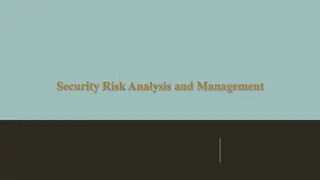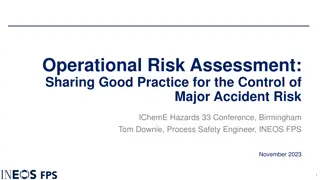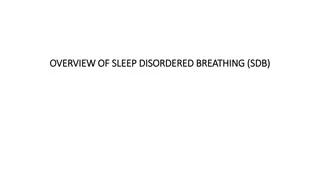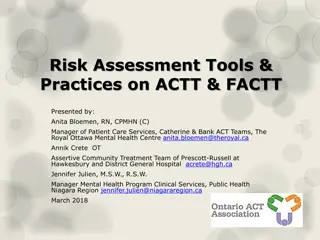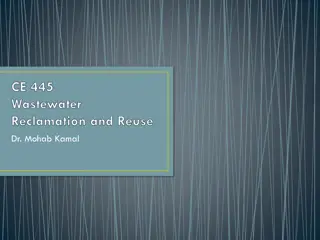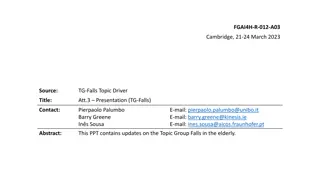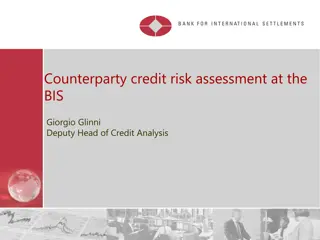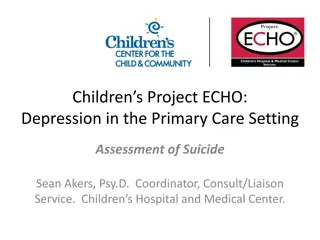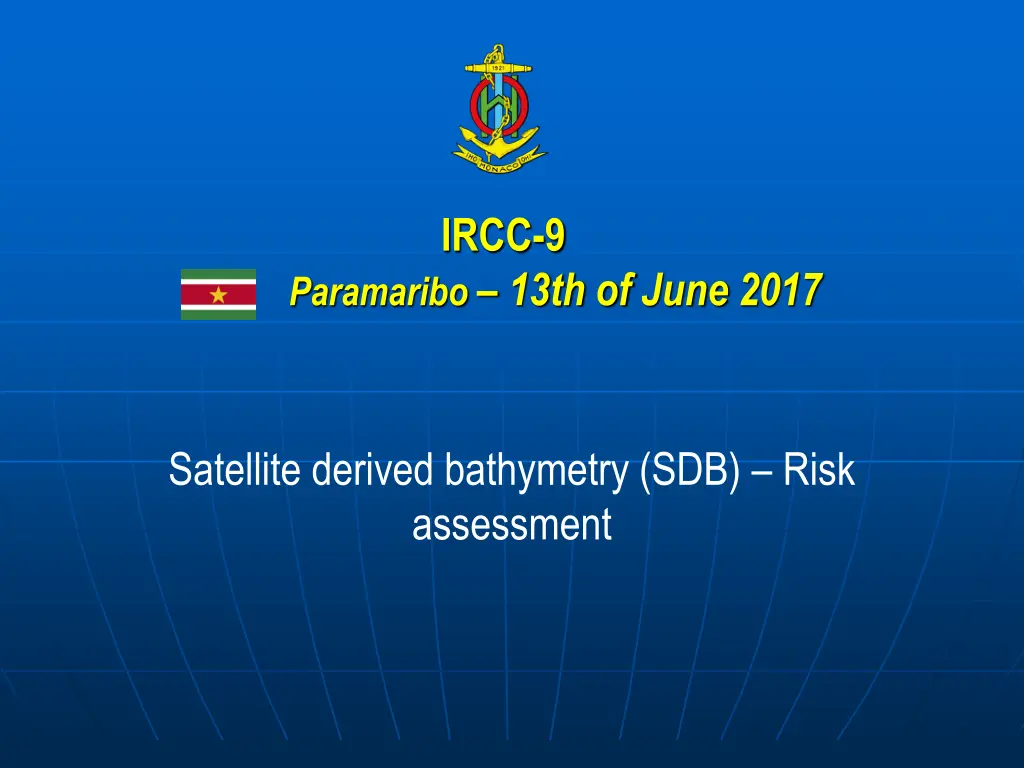
Satellite Derived Bathymetry for Risk Assessment
Explore the use of satellite-derived bathymetry (SDB) for risk assessment in uncharted or poorly charted areas. Learn about the development of IHO SDB assessment programs, prioritization strategies, and funding opportunities. Engage in R&D efforts to enhance SDB performance and collaborate with regulatory bodies for standardization. Leverage regional approaches and resources to support coastal States in improving hydrographic data quality.
Download Presentation

Please find below an Image/Link to download the presentation.
The content on the website is provided AS IS for your information and personal use only. It may not be sold, licensed, or shared on other websites without obtaining consent from the author. If you encounter any issues during the download, it is possible that the publisher has removed the file from their server.
You are allowed to download the files provided on this website for personal or commercial use, subject to the condition that they are used lawfully. All files are the property of their respective owners.
The content on the website is provided AS IS for your information and personal use only. It may not be sold, licensed, or shared on other websites without obtaining consent from the author.
E N D
Presentation Transcript
IRCC-9 Paramaribo 13th of June 2017 Satellite derived bathymetry (SDB) Risk assessment
Background A-1 PRO 5 (CA, FR, US): development of an IHO SDB assessment and charting programme for as yet uncharted or poorly charted areas SDB, used in conjunction with risk assessment methods, would be of considerable value in giving coastal States a clearer view of the status of hydrography in their waters A focused hydrographic program for obtaining certified quality data could follow on, based on priority requirements. Decision A1/18 The Assembly tasked the IRCC to encourage the RHC to consider using satellite derived bathymetry ( SDB) and risk assessment methodologies in uncharted or poorly charted areas as part of attracting donor funding
Approach to be considered by RHCs (1/2) (1/3) R&D cross RHCs Evaluate and improve technical performance of SDB Workshop hosted by CA in 03/2018 synthesis of MS evaluations, definition or required further actions Liaise with HSPT (standards) and NCWG (portrayal)
Approach to be considered by RHCs (2/2) (2/3) SDB pilot cases Selection of priority areas wrt risk assessment Selection of suitable (limited) areas Prioritized SDB scheme Costs Operations (3/3) Complement standard bathymetry Cost estimates and prioritisation, with consideration of risk assessment
Resources (1) mainly supported by HOs wishing to invest in SDB and to share experience and plans for future developments (2) & (3) schemes to be presented, with the support of CBSC, to donor organizations for funding requests. The rationale for economic development of the region will be an important lever for raising funds
Organisation (2) & (3): regional approach, as coastal States have the most acute analysis of priorities and of associated risks in their region on one hand, and the best appreciation of the state of knowledge on the other hand Project team with motivated members ready to invest time and expertise to support a SDB project. Project meeting could be organized back to back with regular RHC meeting in the preparation phase
Action required from IRCC RCC is invited to: a. note this report; b. encourage the Regional Hydrographic Commissions to consider using satellite derived bathymetry and risk assessment methodologies; c. recommend to do it using the project rationale as presented in this paper or amended after discussion; d. take any other action as appropriate.


